Home>Garden Essentials>How Long Do Leeks Take To Germinate
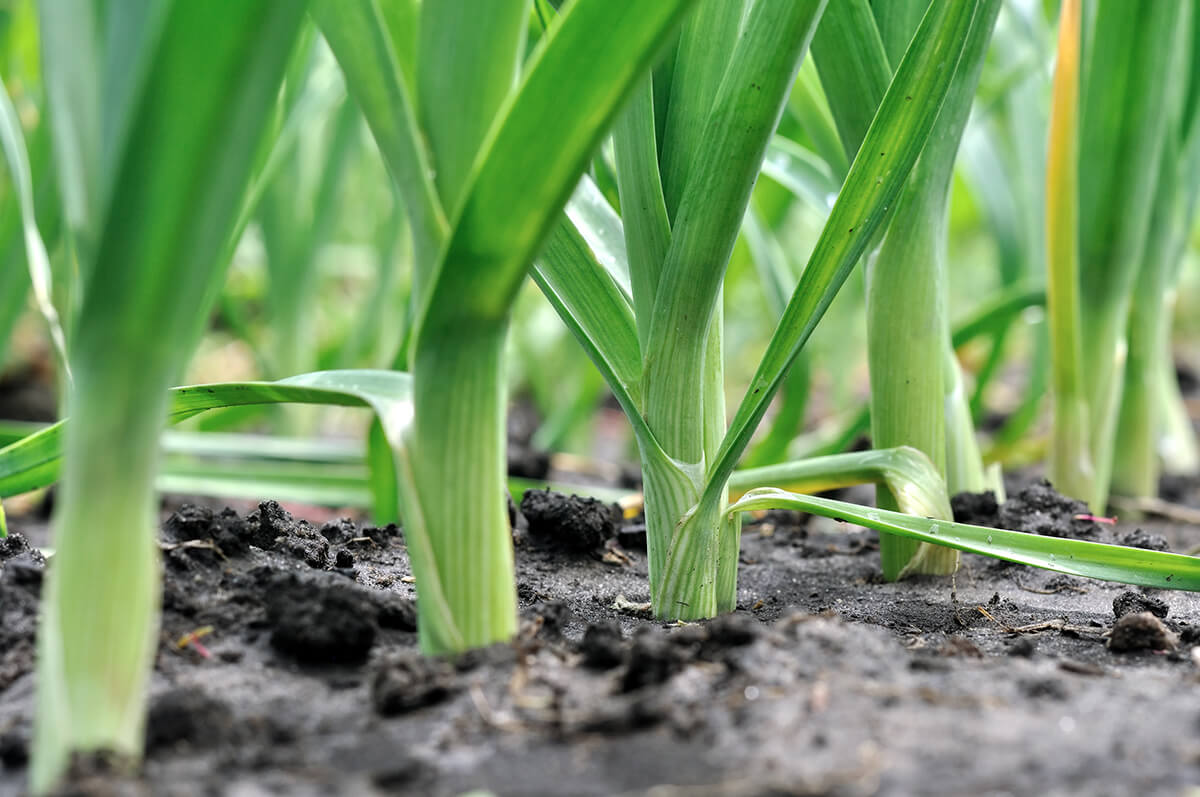

Garden Essentials
How Long Do Leeks Take To Germinate
Modified: March 16, 2024
Discover how long leeks take to germinate in your garden and get expert tips for successful seed starting. Learn everything you need to know!
(Many of the links in this article redirect to a specific reviewed product. Your purchase of these products through affiliate links helps to generate commission for Storables.com, at no extra cost. Learn more)
Introduction
Welcome to the wonderful world of gardening! If you’re a fan of growing your own vegetables, you’ve probably contemplated growing leeks in your garden. Leeks are a versatile and flavorful vegetable that can be used in a variety of dishes, and they add a unique twist to any recipe. But before you can enjoy the delicious taste of homegrown leeks, you need to start with the germination process.
Germination is the process by which a seed sprouts and begins to grow into a new plant. Understanding how long leeks take to germinate is crucial for planning and managing your garden effectively. In this article, we will explore the factors that affect leek germination, the steps to prepare and plant leek seeds, as well as the approximate time it takes for leeks to germinate.
So, grab your gardening tools and let’s dive into the exciting world of leek germination!
Key Takeaways:
- Leek seeds take about 10 to 14 days to germinate, but it can take longer if conditions are not ideal. Factors like soil temperature, moisture, and seed quality play a big role in the germination process.
- Monitoring the germination progress and troubleshooting issues, such as delayed germination or poor germination rate, are important for successful leek growing. Patience, care, and attention are key to nurturing healthy leek plants.
Read more: How Long Do Petunias Take To Germinate
Factors Affecting Leek Germination
Several factors influence the germination success of leek seeds. By understanding and addressing these factors, you can improve the chances of successful germination and ensure healthy leek plants.
Soil Temperature: Leeks prefer cool soil temperatures for germination. The ideal soil temperature range for leek germination is between 55°F (13°C) and 75°F (24°C). If the soil temperature is too high, it can inhibit germination or cause poor seedling development.
Moisture: Adequate and consistent moisture is essential for leek germination. The soil should be evenly moist, but not waterlogged. If the soil is too dry, the seeds might not germinate, while excessive moisture can lead to rot or fungal diseases.
Light: Unlike some other seeds, leek seeds do not require light to germinate. In fact, they actually prefer darkness for the germination process. Therefore, it is recommended to sow leek seeds in a seed tray covered with a thin layer of soil or vermiculite to create a dark environment.
Seed Quality: The quality of the leek seeds directly impacts germination. It is crucial to use fresh, high-quality seeds sourced from reliable suppliers. Choosing certified organic seeds can also ensure better germination rates.
Seed Depth: Leek seeds are relatively small and should not be buried too deep in the soil. The recommended seed depth is about ½ inch (1.3 cm). Planting the seeds too deep may delay germination or lead to poor emergence.
Weed and Pest Control: Weeds and pests can compete with leek seeds for nutrients and moisture, hindering germination. Prior to sowing leek seeds, it is important to clear the planting area of any weeds and take preventative measures against common pests.
Soil pH: Leeks prefer a slightly acidic to neutral soil pH, ranging from 6.0 to 7.0. Maintaining the appropriate pH level in your garden soil can optimize germination conditions for leek seeds.
By considering and managing these factors, you can create an optimal environment for leek germination, increasing the chances of a successful outcome. In the next section, we will explore the steps to prepare and plant leek seeds.
Seed Preparation
Proper seed preparation is crucial for increasing the germination success of leek seeds. Take the following steps to ensure your leek seeds are ready to sprout and grow into healthy plants:
- Seed Selection: Start by selecting high-quality leek seeds from a reputable supplier. Look for seeds that are plump, firm, and free from any signs of damage or disease.
- Seed Soaking: Leek seeds have a hard outer shell that can sometimes inhibit germination. To help break down this shell and encourage quicker germination, soak the leek seeds in water for about 24 hours before planting. You can also add a small amount of seaweed extract or liquid compost tea to the water to provide additional nutrients.
- Seed Stratification (optional): Some gardeners choose to stratify leek seeds, especially if they live in regions with mild winters. Stratification involves subjecting the seeds to a period of cold temperatures to simulate natural winter conditions. This process helps to overcome seed dormancy and promote germination. To stratify leek seeds, place them in a damp paper towel or a sealed plastic bag and refrigerate them for 2 to 4 weeks before planting.
- Seed Drying: After soaking or stratification, it is important to allow the leek seeds to dry slightly before planting. Spread the seeds out on a paper towel or a clean, dry surface for a few hours. Avoid exposing them to direct sunlight or extreme heat.
- Labeling: Before planting, label your seed packets or containers with the leek variety and the planting date. This will help you keep track of the germination progress and ensure you know what you’re growing.
By following these seed preparation steps, you can optimize the chances of successful germination and improve the overall growth of your leek plants. Now that your seeds are ready, let’s move on to the next section: planting leek seeds.
Planting Leek Seeds
Now that your leek seeds are properly prepared, it’s time to plant them in your garden. Follow these steps to ensure successful planting:
- Choose the Right Time: Leeks are cool-season crops and prefer cooler temperatures for optimal growth. Plan to sow leek seeds in early spring or late summer, depending on your region. This will allow the seeds to germinate and establish before the extreme heat of summer or the frost of winter.
- Prepare the Soil: Leeks prefer well-draining, fertile soil. Before planting, prepare the soil by removing any weeds or debris and loosening it with a garden fork or tiller. Amend the soil with organic matter, such as compost or well-rotted manure, to improve its fertility and moisture-retaining capacity.
- Sowing the Seeds: Create shallow furrows in the soil, approximately ½ inch (1.3 cm) deep. Space the furrows about 12 inches (30 cm) apart to allow leeks ample room to grow. Place the soaked and dried leek seeds in the furrows, spacing them about 2 inches (5 cm) apart. Cover the seeds with a thin layer of soil or vermiculite.
- Watering: After sowing the seeds, water the soil thoroughly. Ensure the soil remains consistently moist throughout the germination process. Avoid overwatering, as it can lead to rotting or fungal diseases. Consider using a soaker hose or drip irrigation to provide even moisture distribution.
- Thinning and Transplanting: Once the leek seedlings have emerged and developed a couple of true leaves, thin them to allow for proper spacing. Thin the seedlings to about 4 to 6 inches (10 to 15 cm) apart. Later, when the seedlings are around 8 to 10 inches (20 to 25 cm) tall, you can transplant them to their permanent location with a spacing of 6 to 8 inches (15 to 20 cm) between plants.
- Care and Maintenance: Throughout the growing season, provide the leek plants with consistent moisture, but avoid waterlogging the soil. Apply a layer of mulch around the plants to help retain moisture and suppress weed growth. Additionally, fertilize the leeks every few weeks with a balanced organic fertilizer to promote healthy growth.
By following these planting guidelines, you can give your leek seeds the best chance of germination and ensure strong, healthy leek plants. Now that you’ve done your part, let’s explore how long it typically takes for leeks to germinate.
Leeks usually take 10-14 days to germinate. Keep the soil consistently moist and provide plenty of sunlight to help speed up the germination process.
Germination Time for Leeks
The germination time for leeks can vary depending on several factors, including temperature, moisture, and seed quality. On average, leek seeds take approximately 10 to 14 days to germinate under optimal conditions. However, it’s important to note that germination can take longer, up to 21 days or more, especially if conditions are not ideal.
One of the critical factors affecting germination time is the soil temperature. As mentioned earlier, leeks prefer cooler soil temperatures for optimal germination. When the soil temperature is within the ideal range of 55°F (13°C) to 75°F (24°C), the seeds are more likely to germinate within the expected timeframe. If the soil temperature is too low, the germination process may be delayed, while higher soil temperatures can inhibit germination or result in poor seedling development.
Consistent moisture is another key factor that influences germination time. The soil should be kept evenly moist throughout the germination period. Be sure to check the soil moisture regularly and water as needed to prevent it from drying out or becoming waterlogged.
Apart from environmental factors, the quality of the leek seeds themselves can affect germination time. Using fresh, high-quality seeds sourced from reputable suppliers can significantly improve germination rates and reduce the germination time. It’s always a good idea to check the expiration dates on seed packets and purchase seeds from trustworthy sources.
Remember that germination is a process, and it may take longer for all the seeds to sprout. Some seeds may germinate within the expected timeframe, while others may take a bit longer. Patience is key when waiting for your leek seeds to germinate.
During the germination period, monitor the progress of your leek seeds and keep track of when the first seedlings emerge. This will help you gauge the approximate germination time for your specific growing conditions. Taking note of this information is valuable for future planting and managing your garden effectively.
Now that you know the approximate germination time for leeks, let’s move on to the next section to learn how to monitor and troubleshoot any germination issues.
Read more: How Long Do Microgreens Take To Germinate
Monitoring Germination Progress
Monitoring the germination progress of your leek seeds is an exciting and crucial step in ensuring the success of your gardening efforts. Here are some tips to help you effectively monitor the germination progress:
- Record Keeping: Keep a garden journal or notebook to document the planting date, seed variety, and any other relevant information. This will allow you to track the germination progress and compare it to future planting seasons.
- Seedling Emergence: Observe the seed tray or planting area regularly to check for any signs of seedling emergence. As the leek seeds germinate, you will see tiny seedlings pushing through the soil surface. Once the seedlings appear, note the emergence date in your journal.
- Seedling Growth: As the leek seedlings continue to grow, monitor their progress. Look for healthy growth, including the development of true leaves. Take note of any abnormal growth patterns or signs of stress that may indicate issues with germination or environmental conditions.
- Thinning: As the seedlings grow, thin them out to ensure proper spacing. Remove any weak or overcrowded seedlings, allowing the strongest ones to grow and thrive. Thinning will promote better airflow and reduce competition for nutrients and water.
- Germination Success Rate: Assess the germination success rate by calculating the percentage of seeds that have germinated successfully. This can be done by dividing the number of germinated seedlings by the total number of seeds sown and multiplying by 100. This information can help you evaluate the effectiveness of your planting and make adjustments if necessary.
- Growth Monitoring: Continue to monitor the growth of the leek seedlings as they develop into mature plants. Pay attention to any signs of nutrient deficiencies, pests, or diseases and take appropriate action to address these issues promptly.
Regular monitoring and careful observation will allow you to intervene quickly if any issues arise, ensuring the best possible outcome for your leek plants. Remember to document your observations and any necessary actions in your garden journal for future reference.
In the next section, we will discuss troubleshooting common germination issues to help you overcome any challenges you may encounter.
Troubleshooting Germination Issues
While germinating leek seeds can be a rewarding experience, sometimes challenges may arise. Here are some common issues that can occur during germination and some troubleshooting tips to help you overcome them:
- Delayed Germination: If your leek seeds are taking longer than expected to germinate, temperature may be the culprit. Ensure that the soil temperature is within the recommended range of 55°F (13°C) to 75°F (24°C). Also, double-check that the soil moisture is consistently maintained. Some varieties of leek seeds naturally have longer germination times, so exercise patience if the process takes a bit longer.
- Poor Germination Rate: If you notice that only a small percentage of your leek seeds are germinating, seed quality may be the issue. Ensure that you are using fresh, viable seeds from reputable suppliers. If you consistently experience poor germination rates, consider testing the germination rate of your seeds before planting to determine if they need to be replaced.
- Fungal or Bacterial Diseases: Leek seeds can be prone to fungal or bacterial diseases, such as damping-off. To prevent these issues, use clean containers and well-draining soil. Avoid overwatering and ensure proper air circulation around the seedlings. If you notice signs of disease, such as wilting or discolored seedlings, remove and dispose of the affected plants to prevent the spread of the disease.
- Weed Competition: Weeds can compete with leek seeds for nutrients, moisture, and space, hindering germination and seedling growth. Keep the planting area clear of weeds by regularly weeding or using a mulch layer to suppress weed growth. Mulching also helps retain soil moisture and regulate soil temperature, creating a more favorable environment for germination.
- Pest Infestation: Insect pests, such as cutworms or onion maggots, can pose a threat to leek seeds and seedlings. Take preventative measures by using floating row covers or applying organic insecticides that are safe for edible crops. Ensure that the planting area is free from any previous crop residue or decaying organic matter that may attract pests.
If you encounter any of these issues during the germination process, don’t be discouraged. Gardening is a learning journey, and it may take some trial and error to achieve successful germination. By troubleshooting and implementing appropriate actions, you can improve the germination rate and the overall health of your leek plants.
Now that you have a comprehensive understanding of monitoring germination progress and troubleshooting potential issues, let’s wrap up this article.
Conclusion
Congratulations on completing your journey through the fascinating world of leek germination! By understanding the factors that affect germination, preparing and planting leek seeds, monitoring progress, and troubleshooting potential issues, you are well-equipped to embark on a successful leek growing adventure.
Remember, germination is just the beginning of the leek’s life cycle. As your seedlings grow and mature, continue to provide them with proper care, including adequate moisture, nutrient-rich soil, and protection from pests and diseases. With patience, dedication, and a little bit of green-thumb magic, you will soon be enjoying the bounty of your homegrown leeks in your favorite culinary creations.
Keep in mind that gardening is a continuous learning process, and each growing season presents new opportunities and challenges. Use this knowledge and experience as a foundation to explore further and expand your gardening skills. By experimenting, observing, and adapting your techniques, you’ll continue to enhance your gardening prowess and achieve greater success with leek germination and beyond.
So, roll up your sleeves, grab your gardening tools, and get ready to embark on a delightful leek-growing adventure. Enjoy the satisfaction of nurturing your plants from seed to harvest, and revel in the delight of incorporating fresh, homegrown leeks into your culinary creations.
Happy gardening!
Frequently Asked Questions about How Long Do Leeks Take To Germinate
Was this page helpful?
At Storables.com, we guarantee accurate and reliable information. Our content, validated by Expert Board Contributors, is crafted following stringent Editorial Policies. We're committed to providing you with well-researched, expert-backed insights for all your informational needs.
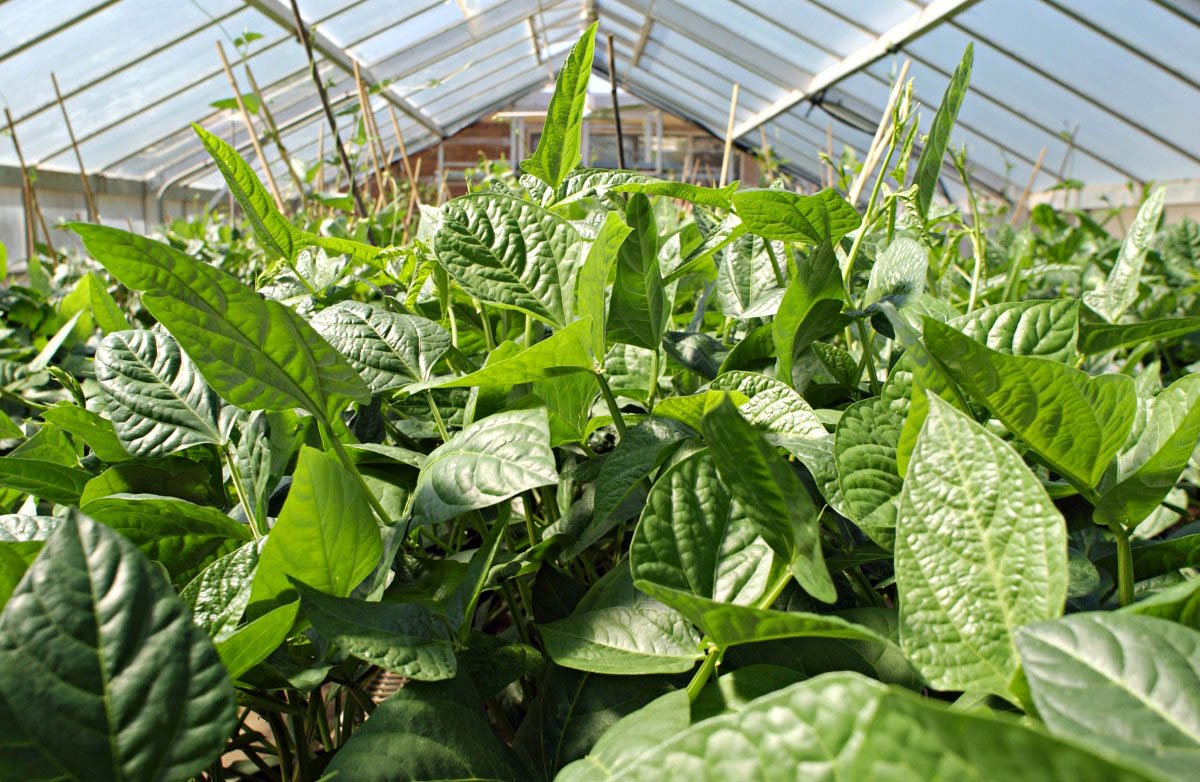
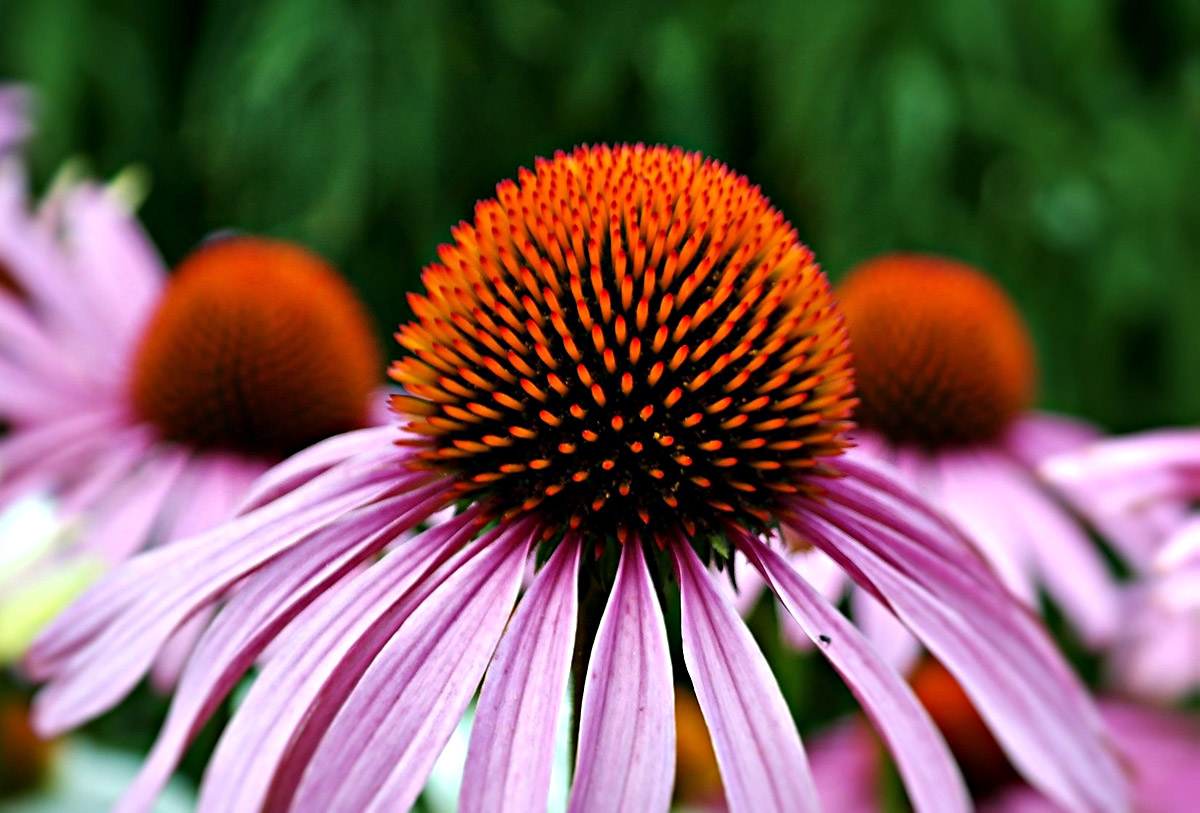

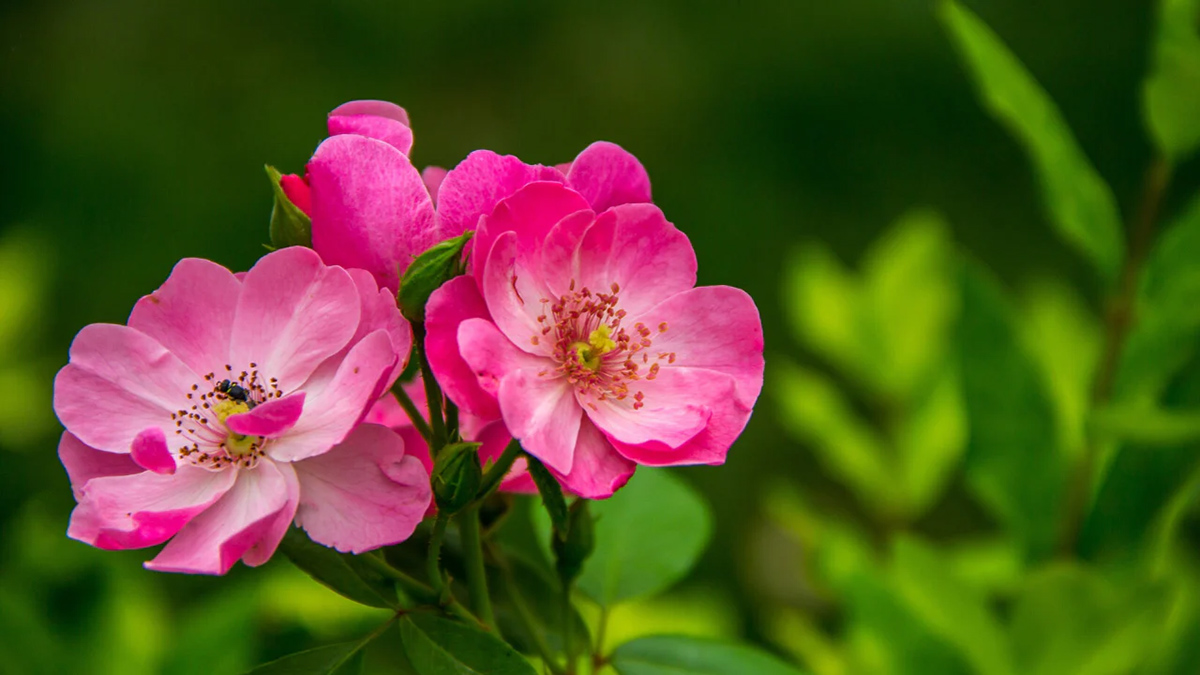

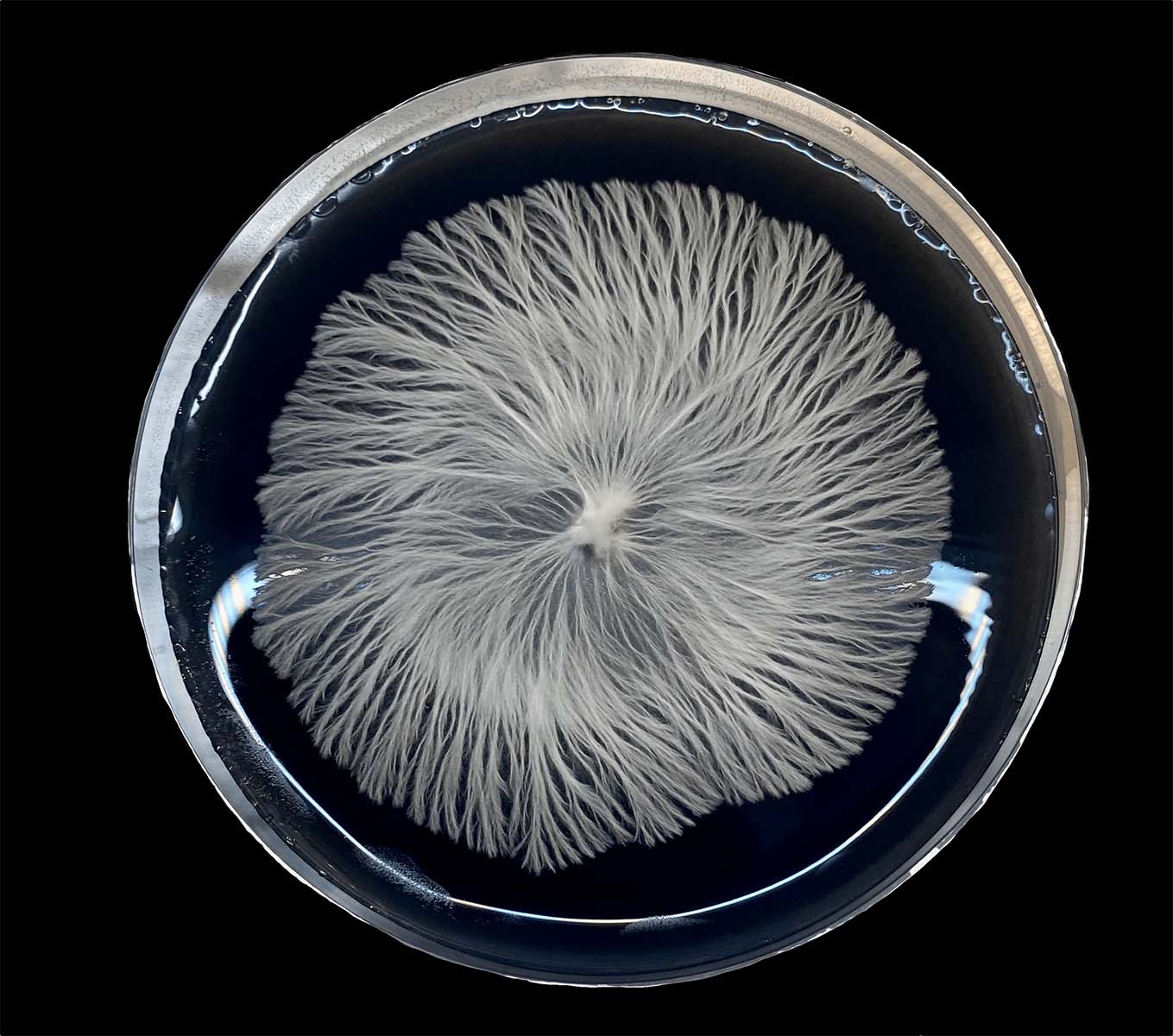
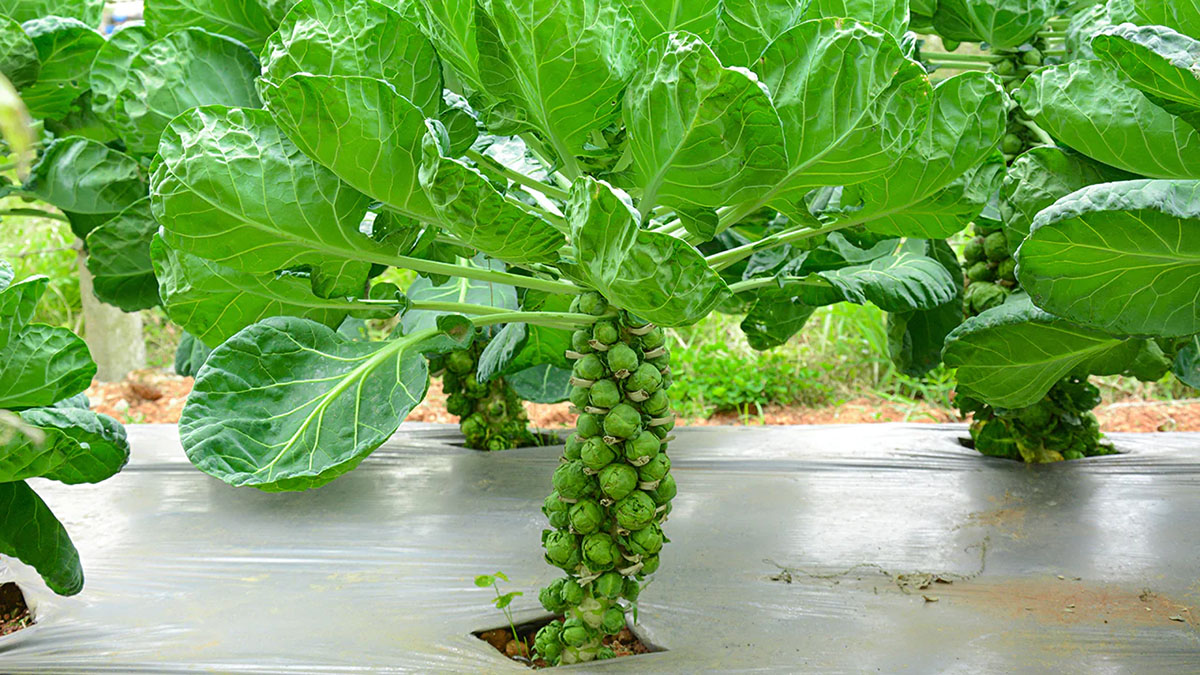
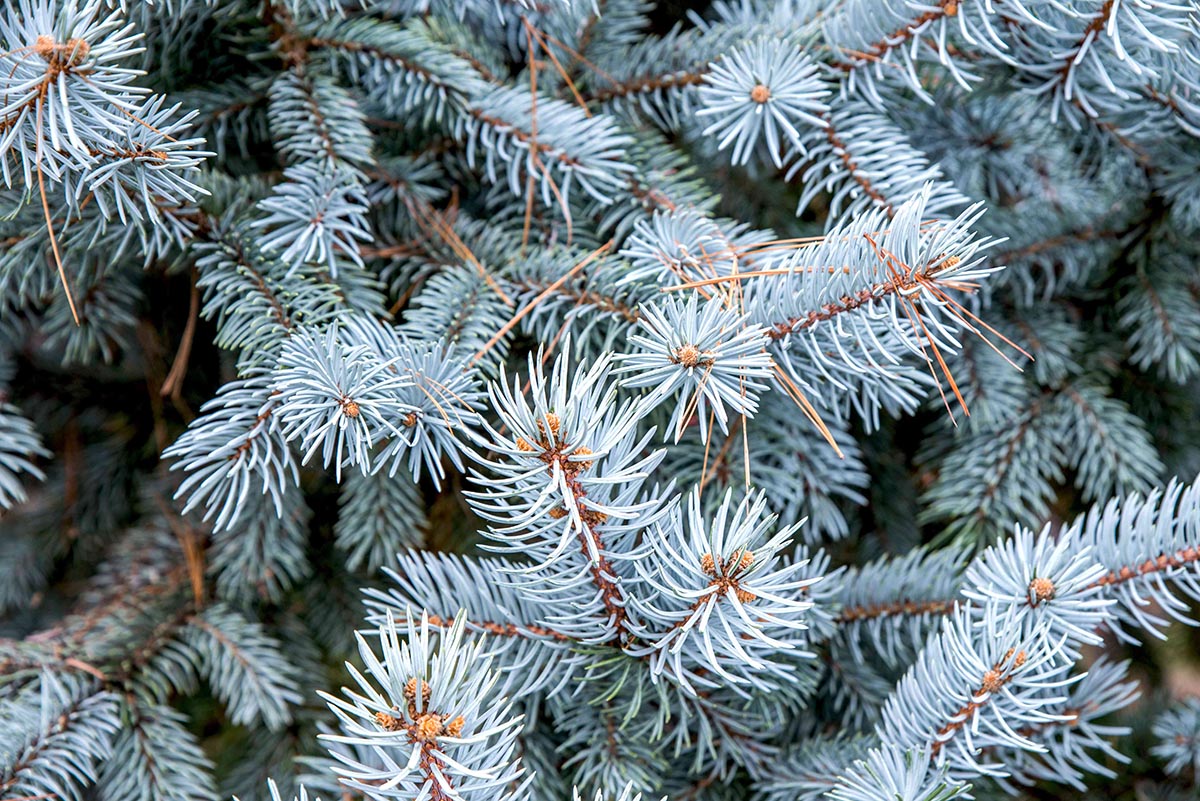

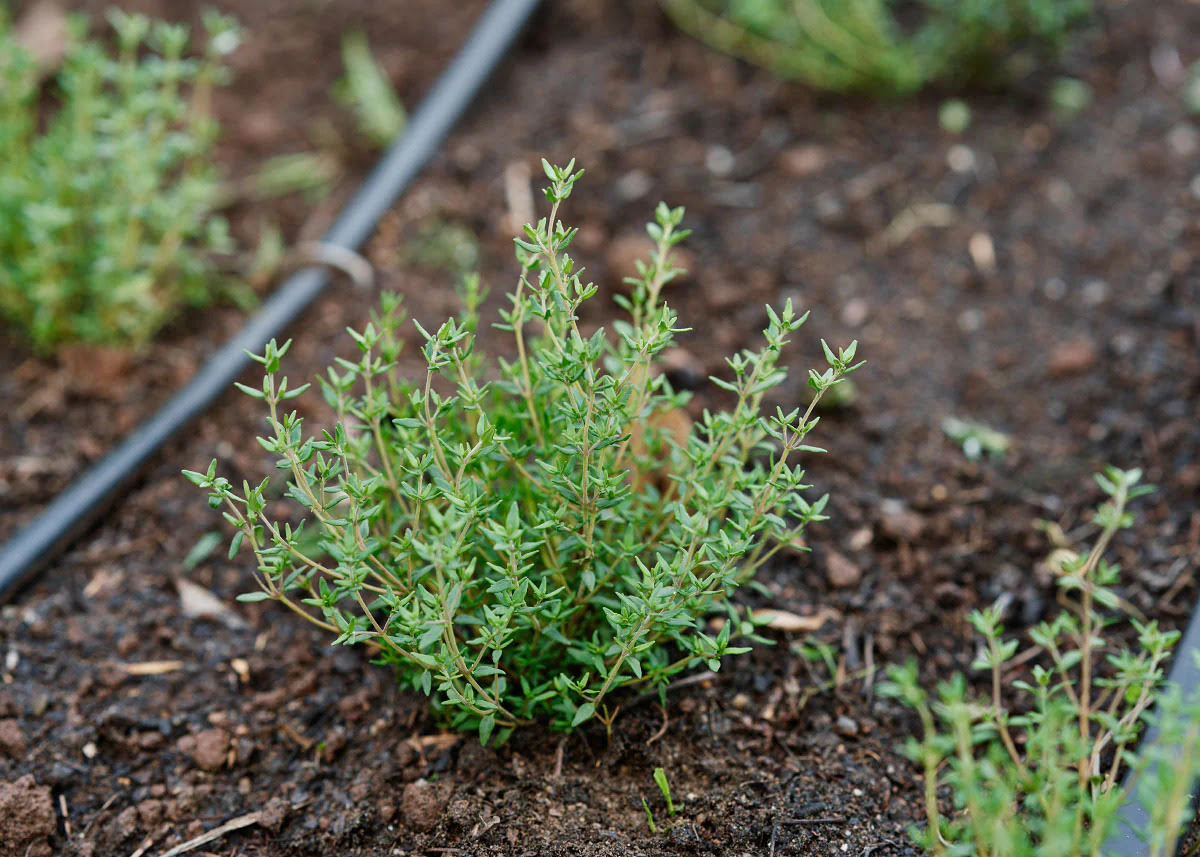
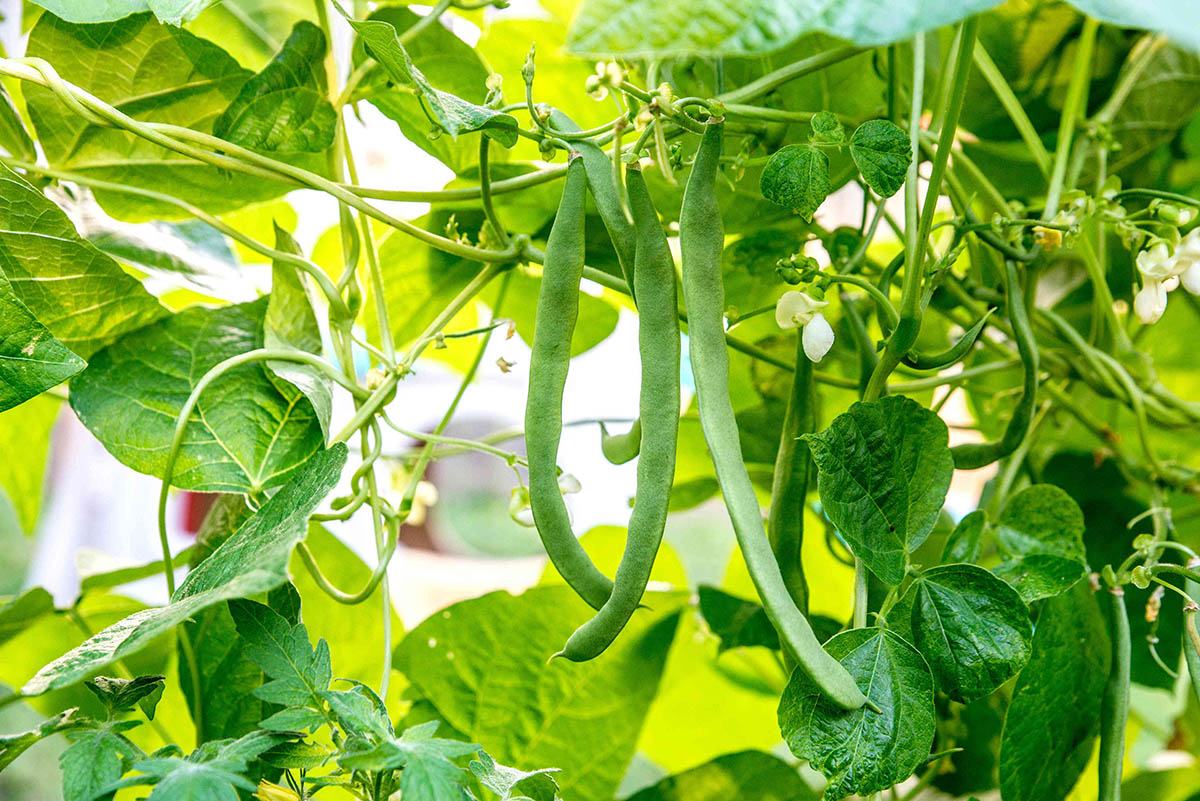
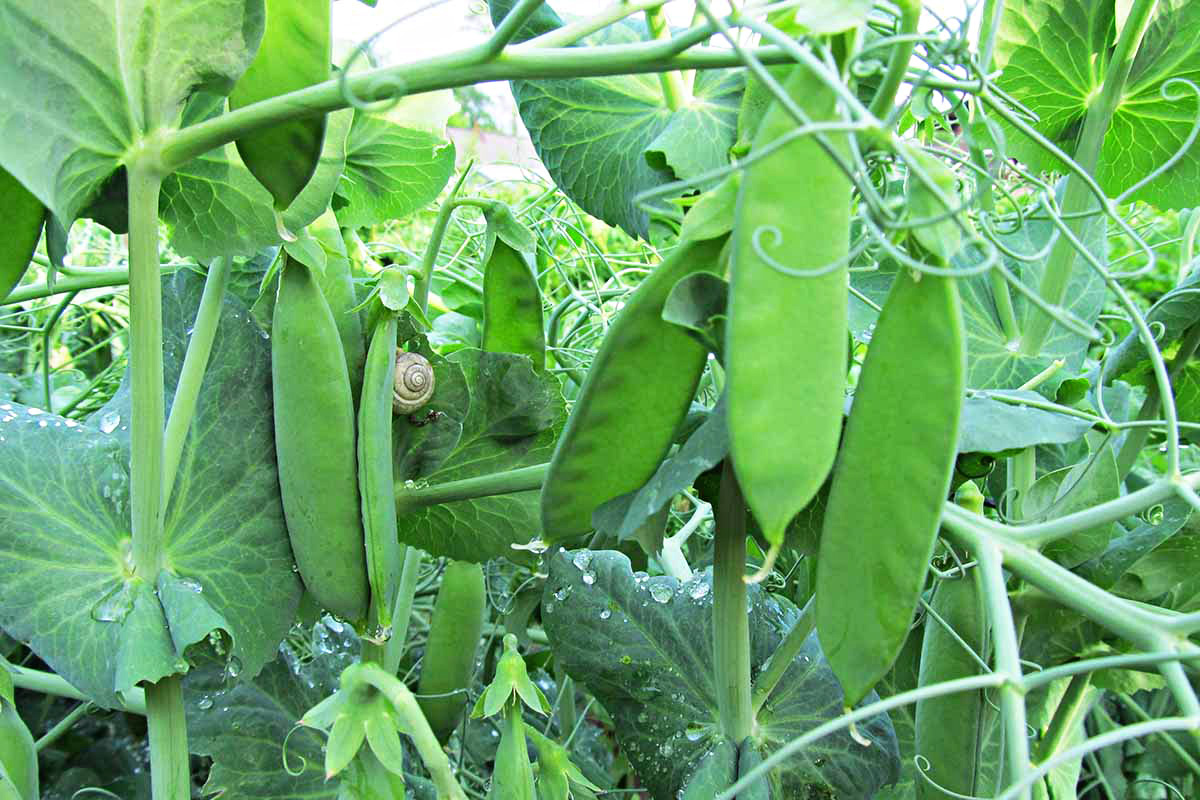
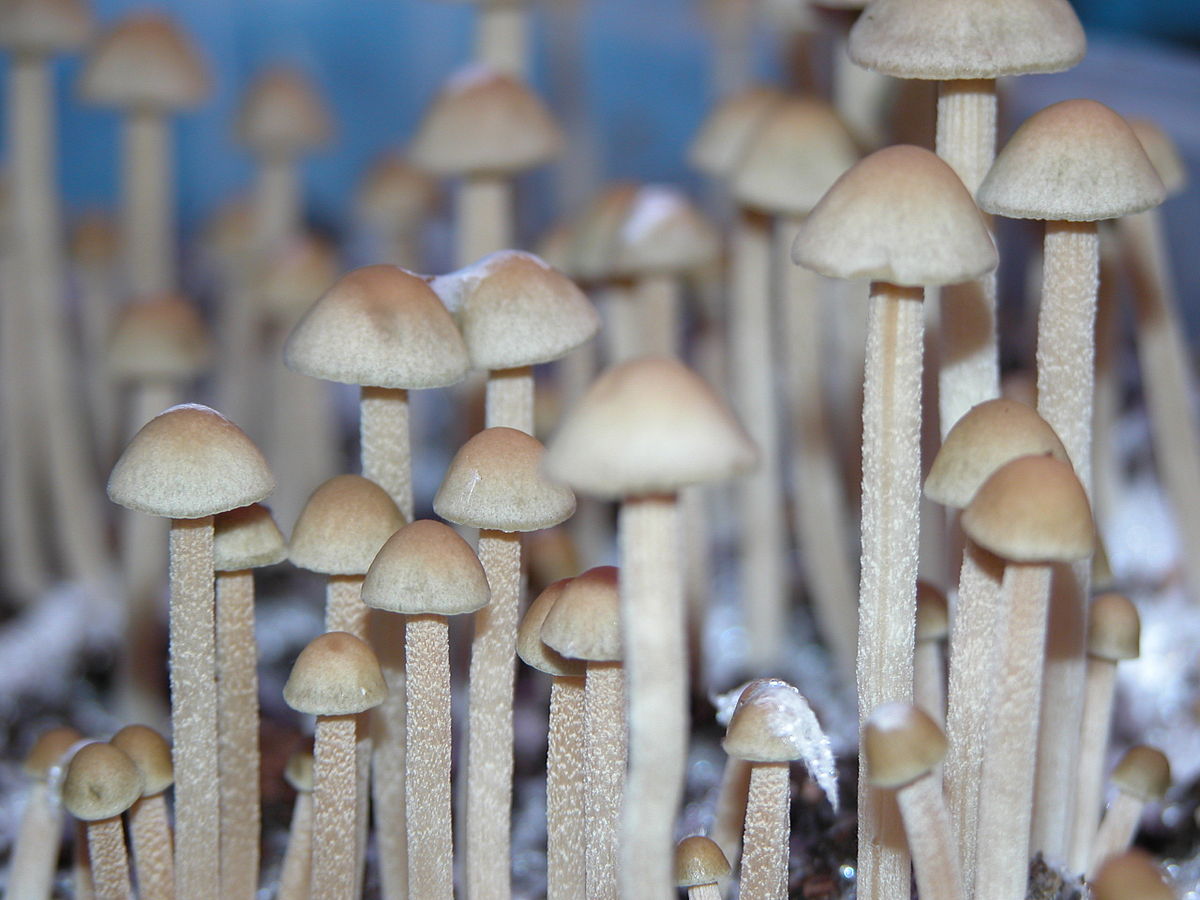
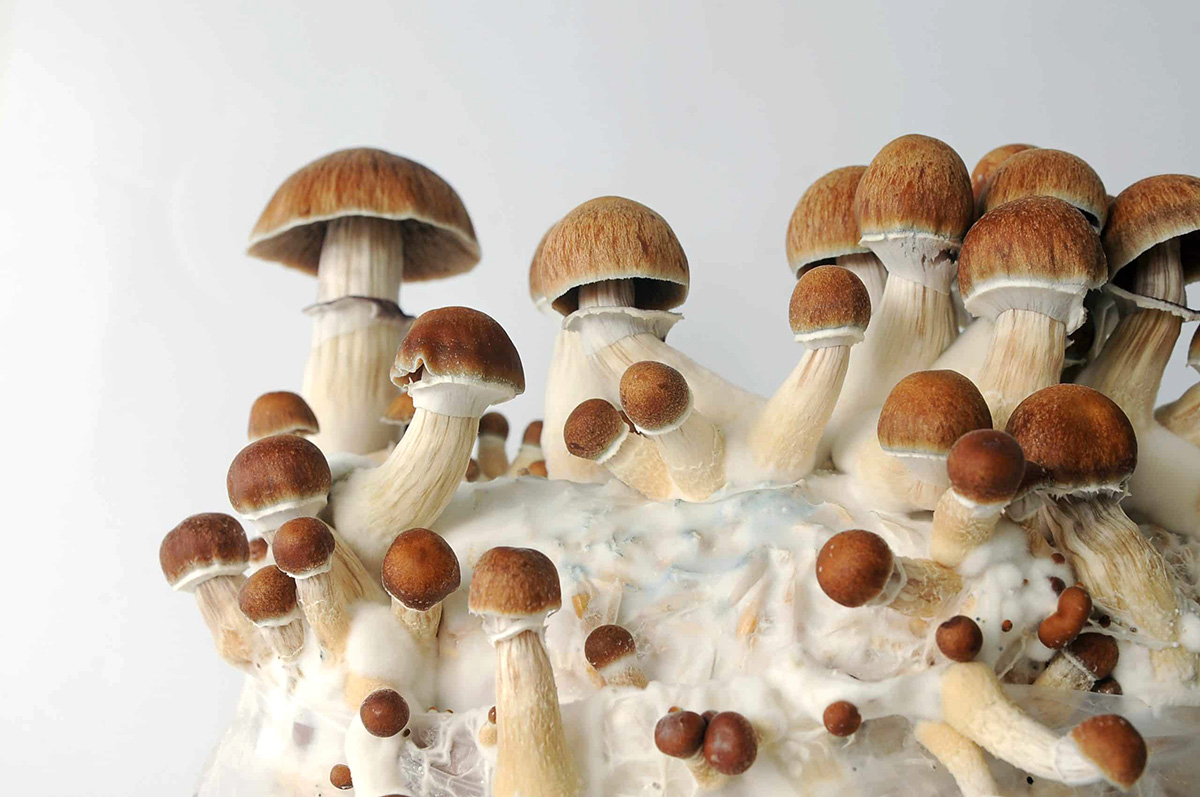

0 thoughts on “How Long Do Leeks Take To Germinate”